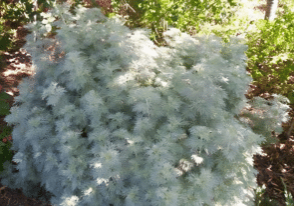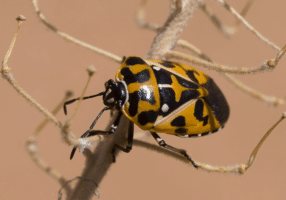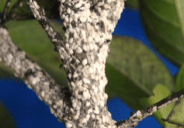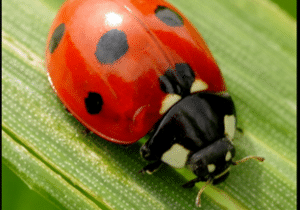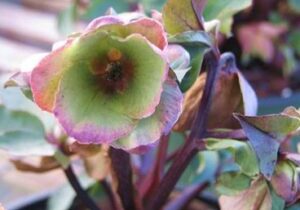By Steve Pulliam
Tree topping, a once-common practice in arboriculture, involving the severe reduction of a tree's crown, was once driven by the misconception that it curbs growth and mitigates potential hazards. However, such arboricultural malpractice can have profound and adverse effects on a tree's well-being. Below are eight fundamental reasons to never top a tree.
- Nutritional Deprivation: Drastic topping significantly reduces a tree's live crown, temporarily halting its ability to produce food. A well-established tree maintains a balanced root-crown ratio, and prudent pruning never involves removing more than 25-30 percent of the crown. Removing more than that can lead to severe stress.
- Stress: The extensive removal of a tree's crown exposes previously sheltered bark, making it susceptible to sunscald. Shrubs or trees that were once shaded under this canopy may also experience adverse effects.
- Vulnerability to Pests and Diseases: : Improper topping leaves behind stubs that cannot properly callous over, creating host conditions for insects, fungi, and diseases. If a limb already harbors decay, topping accelerates its progression.
- Weak Limbs: Topping induces the tree to sprout from latent buds, resulting in weakly attached limbs. Unlike the sturdy attachment seen in healthy trees, these sprouts are anchored only in the top layers of parent tissue, often leading to falling hazards during storms.
- Excessive Growth: Topping is often done to address perceived size issues, but this can prompt some species to sprout rapidly, sometimes reaching up to 20 feet in a year. These weak sprouts pose a greater hazard than the tree's natural state.
- Cost: While initially cheaper, hiring someone to top a tree rather than consulting a trained arborist for proper pruning becomes more expensive in the long run. Topped trees require recurrent topping or removal, and their negative impact on property values can incur additional costs.
- Mortality: Almost all topped trees eventually succumb to the consequences of topping. Though some species may handle it better than others, improper cuts during pruning expedite decay's spread through the tree.
- Aesthetic Disfigurement: A topped tree never recovers the natural beauty and grace of one allowed to grow in its natural form. The disfigured appearance diminishes the tree's potential value as an asset to the landscape.

